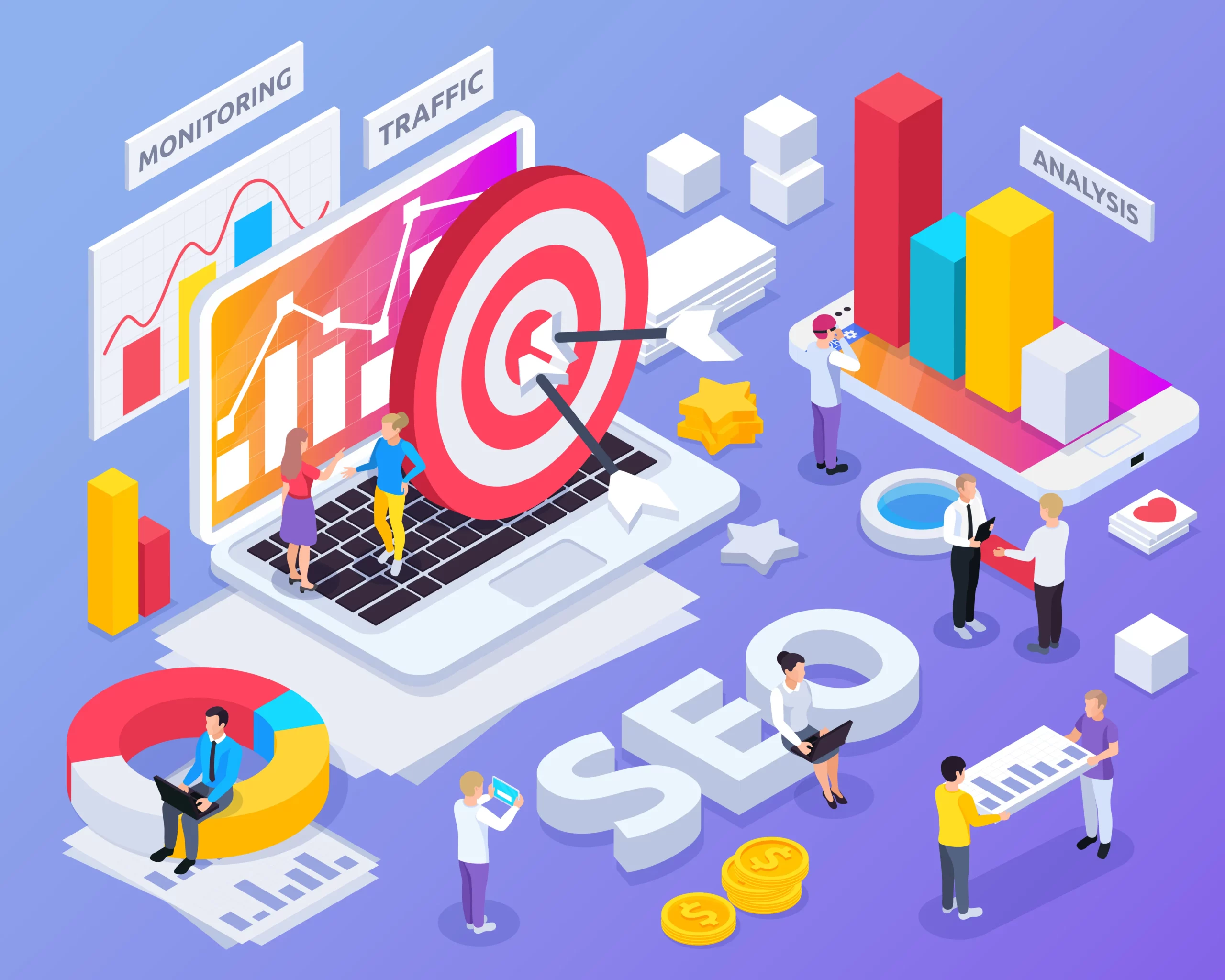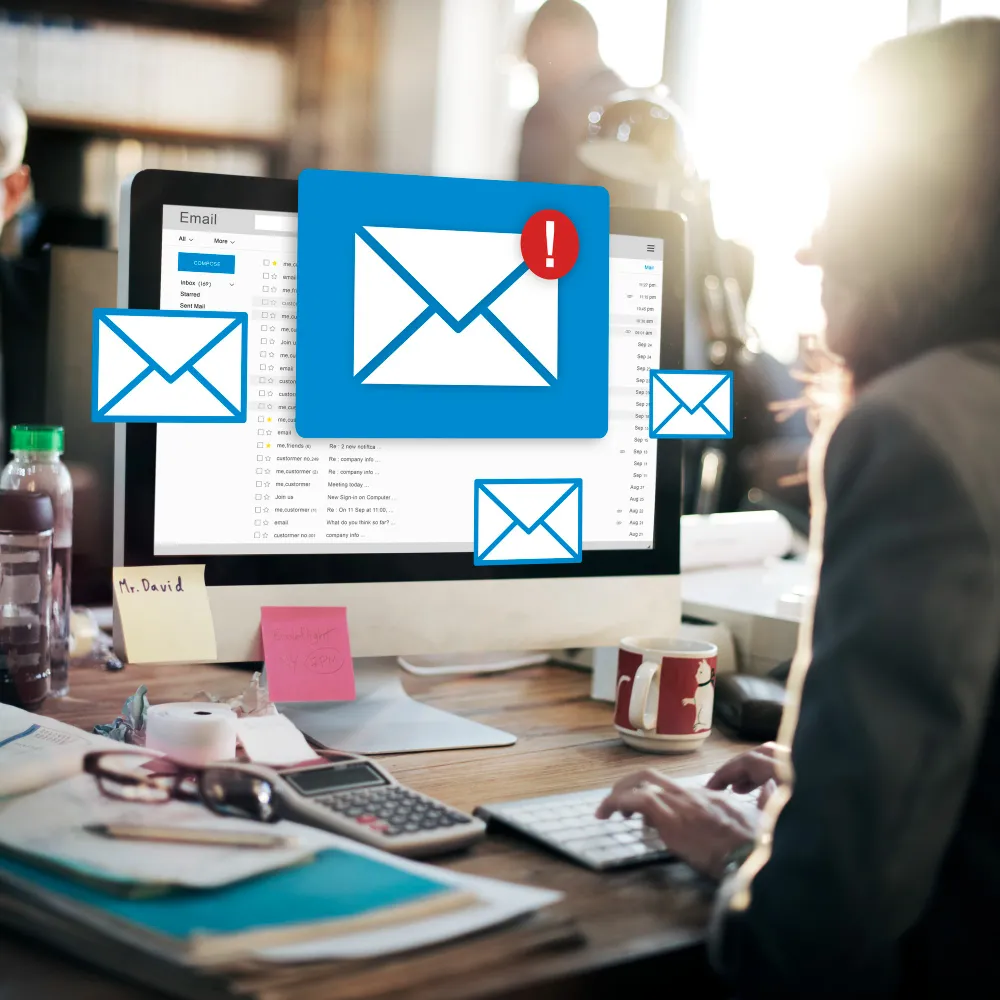Imagine spending hours manually sending out individual emails, tracking responses, and managing follow-ups. It’s a tedious and time-consuming process that leaves little room for strategic planning and creativity.
But what if there was a way to automate these tasks and unlock the true potential of your email marketing efforts?
Enter email automation – the game-changer that streamlines your marketing efforts for greater efficiency.
In this blog post, we’ll explore the power and potential of email automation. From understanding its mechanics to reaping its benefits, we’ll guide you through implementing email automation in your digital marketing strategy. Get ready to revolutionize the way you engage with your audience and maximize your marketing ROI.
The Magic of Email Automation
Email automation is like having a dedicated marketing assistant who works tirelessly, 24/7, to engage your audience with personalized and timely messages. It’s a game-changer that allows you to streamline your marketing efforts, save time, and achieve greater efficiency.


Definition and Importance of Email Automation
Email automation refers to the use of software and technology to send targeted emails to subscribers automatically. It eliminates the need for manual intervention, allowing you to focus on strategic activities and build meaningful connections with your audience.
Streamlining Marketing Efforts
Manual email marketing can be overwhelming, especially when dealing with a large subscriber base. With email automation, you can create workflows that trigger emails based on specific actions or events, such as a welcome email when someone subscribes or a follow-up email after a purchase. This streamlines your marketing efforts, ensuring that the right message reaches the right person at the right time.
Personalization at Scale
One of the most remarkable aspects of email automation is its ability to personalize messages at scale. By leveraging customer data and segmentation, you can send tailored emails that resonate with each recipient. Personalization fosters stronger relationships, boosts engagement, and drives conversions.
Nurture Leads and Customers
Email automation goes beyond sending promotional emails. It allows you to nurture leads and customers throughout their journey. With automated drip campaigns, you can guide prospects through the sales funnel, educate them about your products or services, and provide relevant content that adds value.
Improve Customer Engagement
Engaging your audience is essential for building brand loyalty. Email automation enables you to create interactive and dynamic emails that captivate recipients. From personalized recommendations to behavior-based triggers, you can deliver content that sparks interest, encourages interaction, and fosters a sense of connection.
Data-Driven Insights
Email automation provides valuable insights into the performance of your campaigns. You can track metrics such as open rates, click-through rates, and conversions to measure the effectiveness of your emails. This data empowers you to make data-driven decisions, optimize your campaigns, and continuously improve your results.
Email automation is the secret ingredient that can transform your marketing efforts. In the next section, we’ll delve into the mechanics of email automation, unraveling how it works and the various types of automated emails you can utilize.
Real-Life Examples of Automated Email Campaigns:
Amazon


Amazon uses automated email campaigns to send personalized product recommendations based on customers’ browsing and purchase history. These emails are triggered by specific actions, such as abandoned cart reminders or related product suggestions, creating a tailored and engaging experience for customers.
Spotify


Spotify utilizes automated email campaigns to deliver personalized music recommendations, curated playlists, and updates on new releases. These emails are based on users’ listening preferences and behavior, providing a customized experience that keeps users engaged and coming back to the platform.
Airbnb


Airbnb employs automated email campaigns to nurture leads and guide users through the booking process. They send timely reminders, travel tips, and destination recommendations based on users’ search and booking activity. These automated emails help enhance the user experience and encourage conversions.
Netflix
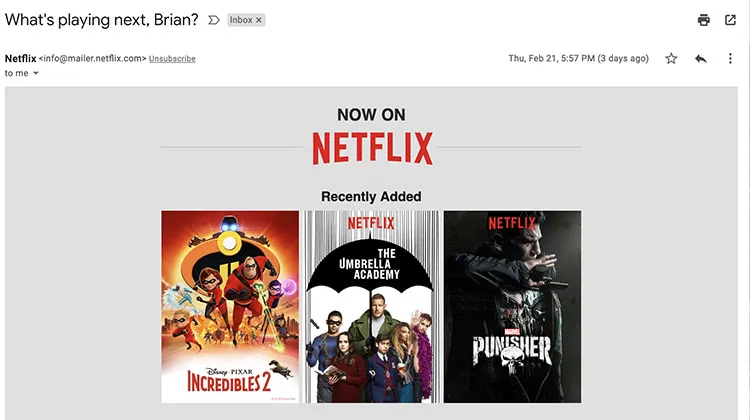

Netflix utilizes automated email campaigns to engage users by recommending new shows and movies based on their viewing history. They send notifications about new episodes, personalized recommendations, and reminders to continue watching. These emails keep users engaged and increase their time spent on the platform.
Grammarly


Grammarly sends automated email campaigns to users, providing grammar and writing tips, weekly performance reports, and suggestions for improvement. These emails are personalized based on users’ writing habits and help them enhance their writing skills while promoting Grammarly’s services.
These examples demonstrate how automated email campaigns can be used to deliver relevant, personalized content, nurture leads, drive conversions, and enhance the overall user experience. By leveraging user data and triggers, these brands create targeted and engaging email campaigns that resonate with their audience.
The Mechanics of Email Automation
Email automation operates on a simple principle: predefined triggers and actions that determine when and what emails are sent to subscribers. Let’s dive into the mechanics and explore the different types of automated emails.
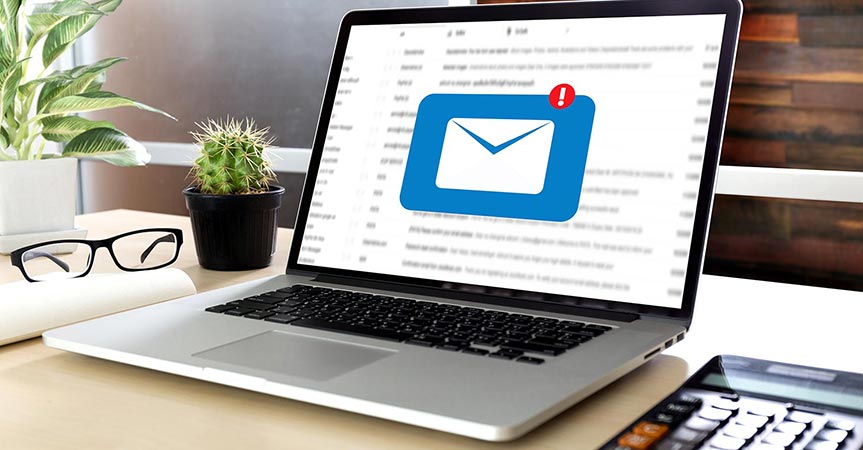

Predefined Triggers
Automated emails are triggered by specific events or actions, such as a user subscribing to your newsletter, making a purchase, or abandoning a cart. These triggers initiate the automation workflow and ensure timely communication with your audience.
Automation Workflows
An automation workflow is a series of connected steps that guide subscribers through their journey. It starts with the trigger event and consists of actions, conditions, and delays. For example, after a subscriber signs up, the workflow may include sending a welcome email, followed by a series of nurturing emails over a set timeframe.
Types of Automated Emails
There are several types of automated emails you can leverage:
Welcome Emails
These are the first emails subscribers receive after joining your list. They set the tone, introduce your brand, and provide valuable information to engage new subscribers from the start.
Abandoned Cart Emails
When a customer leaves items in their shopping cart without completing the purchase, an abandoned cart email can remind them, offer incentives, and entice them to return and complete the transaction.
Transactional Emails
These emails are triggered by specific actions, such as a purchase confirmation, shipping notifications, or order updates. They provide important information and help build trust and confidence in your brand.
Re-engagement Emails
When subscribers become inactive, re-engagement emails can remind them of the value you offer and encourage them to rekindle their interest. They may include personalized offers, exclusive content, or invitations to participate in surveys or events.
Benefits of Email Automation
The advantages of email automation are plentiful, revolutionizing the way you engage with your audience and drive results for your business.
Implementing email automation in your marketing strategy offers a wide range of benefits that can revolutionize your business. Let’s dive into some of the key advantages:


Time and Cost Savings
Manual email marketing requires significant time and resources. With email automation, you can save countless hours by automating repetitive tasks such as sending welcome emails, order confirmations, or follow-up sequences. By freeing up time, you and your team can focus on other critical aspects of your business, such as strategy development, content creation, and customer engagement.
Additionally, email automation eliminates the need for large-scale manual email campaigns, saving costs associated with hiring additional staff or outsourcing marketing tasks. With automation, you can efficiently reach your entire audience without exhausting your resources.
Enhanced Customer Engagement
Email automation enables you to deliver personalized, relevant content to your audience, leading to improved customer engagement. By segmenting your email list and sending targeted messages based on customer behavior and preferences, you can create a more personalized experience for each recipient.
Automation also allows you to set up triggered emails, such as abandoned cart reminders or post-purchase follow-ups, which proactively engage customers and encourage them to take action. By delivering timely and tailored content, you can nurture relationships with your audience and increase their satisfaction and loyalty.
Improved Conversion Rates
Personalized and timely communication has a direct impact on conversion rates. Studies show that businesses implementing email automation experience higher conversion rates compared to traditional email marketing. By sending targeted messages at the right moment, you can guide customers through their buyer’s journey, addressing their specific needs and pain points.
Automation also enables you to implement testing and optimization strategies to continually improve your email campaigns. By analyzing metrics such as open rates, click-through rates, and conversions, you can fine-tune your content and optimize your automation workflows for maximum effectiveness.
Scalability and Consistency
As your business grows, maintaining consistent communication with your audience becomes crucial. Email automation ensures that your messaging remains consistent across your customer base, regardless of its size. Whether you have ten or ten thousand subscribers, automation allows you to scale your efforts without compromising quality or personalization.
Consistency is key in building brand trust and loyalty. By consistently delivering valuable content and maintaining regular contact, you establish your brand as a reliable source of information, products, or services. Email automation helps you achieve this consistency effortlessly.
Real-Life Examples of Different Types of Automated Emails:
Welcome Emails


When a new user signs up, brands often send a welcome email to greet them and provide an introduction to their products or services. For example, Dropbox sends a welcome email that includes a friendly message, a guide to getting started, and tips on how to maximize the platform’s features.
Abandoned Cart Emails


When a user adds items to their shopping cart but doesn’t complete the purchase, brands can send automated abandoned cart emails as a reminder. For instance, ASOS sends emails with images of the abandoned items, enticing discounts, and a clear call-to-action to encourage customers to return and complete their purchase.
Thank You Emails
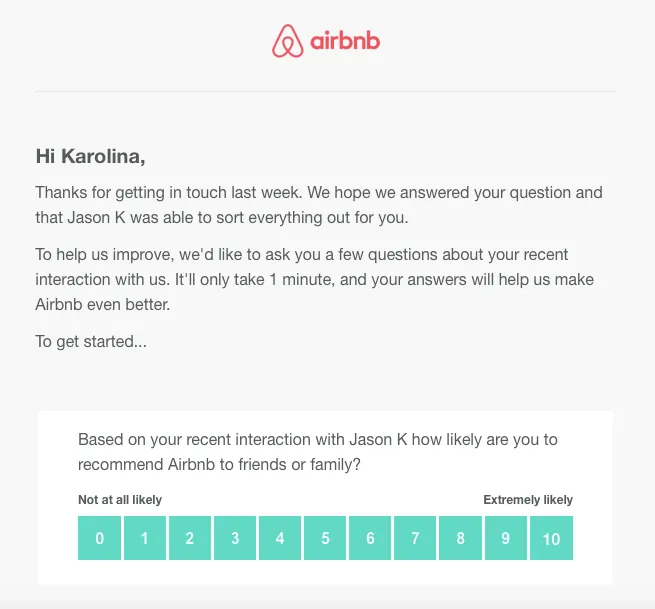

After a customer makes a purchase, brands can send automated thank you emails to show appreciation and foster customer loyalty. For instance, Airbnb sends personalized thank you emails that include details about the trip, a thank you message, and recommendations for future travel experiences.
Re-Engagement Emails


To reconnect with inactive subscribers, brands can send automated re-engagement emails. For example, Spotify sends emails to users who haven’t used the platform in a while, offering curated playlists, personalized recommendations, or exclusive content to encourage them to come back and re-engage with the service.
Birthday Emails


Brands often use automated birthday emails to celebrate customers’ special day and offer personalized promotions or discounts. For instance, Sephora sends personalized birthday emails that include a special gift, beauty tips, and a call-to-action to redeem the offer.
These examples showcase the diverse range of automated emails, including welcome emails, abandoned cart emails, thank you emails, re-engagement emails, and birthday emails. Each type serves a specific purpose in engaging customers, nurturing relationships, and driving conversions.
How to Implement Email Automation
Implementing email automation requires a strategic approach to ensure its effectiveness. Here’s a step-by-step guide to help you get started:


Define Your Goals and Objectives
Before diving into email automation, identify your goals and objectives. What do you want to achieve through automation? Is it to nurture leads, increase sales, or improve customer retention? Clearly defining your objectives will guide your automation strategy and help you choose the right automation tools and workflows.
Choose an Email Automation Platform
Selecting the right email automation platform is crucial for seamless execution. Consider factors such as user-friendly interface, integration capabilities with your existing tools, customization options, and pricing. Popular email automation platforms include Mailchimp, ActiveCampaign, and HubSpot.
Segment Your Email List
Segmenting your email list allows you to tailor your content and automation workflows to specific customer segments. Divide your audience based on demographics, interests, past purchases, or engagement levels. This segmentation enables you to deliver highly relevant and personalized messages to each segment.
Create Engaging Email Content
Compelling and relevant content is the cornerstone of successful email automation. Craft engaging emails that resonate with your audience and align with their needs and preferences. Leverage personalization tokens to dynamically insert recipients’ names, locations, or other relevant details.
Set Up Automation Workflows
Automation workflows are the backbone of email automation. Determine the triggers that initiate the automation, such as a new subscriber, abandoned cart, or completed purchase. Map out the series of emails and actions that follow each trigger, ensuring a logical and seamless flow.
Test, Measure, and Optimize
Regularly test and measure the performance of your automated email campaigns. Monitor key metrics such as open rates, click-through rates, conversion rates, and unsubscribe rates. Use A/B testing to experiment with different subject lines, content variations, or call-to-action buttons. Continuously optimize your automation workflows based on the insights gained from these metrics.
By following these steps, you can effectively implement email automation and unlock its full potential to streamline your marketing efforts.
Best Practices for Email Automation
To maximize the effectiveness of your email automation campaigns, consider the following best practices:


Craft Compelling Subject Lines
Your subject line is the first thing recipients see in their inbox. Make it attention-grabbing and compelling to increase open rates. Personalize subject lines whenever possible and experiment with different approaches to see what resonates best with your audience.
Segment Your Audience Effectively
Effective segmentation is crucial for delivering targeted and personalized content. Use the data you have gathered to segment your audience into meaningful groups. Consider factors such as demographics, behavior, and purchase history to create tailored automation workflows for each segment.
Personalize Content and Dynamic Elements
Personalization goes beyond using recipients’ names in the email. Leverage dynamic content to tailor the email based on their preferences, past interactions, or browsing history. Incorporate personalized product recommendations or exclusive offers to create a sense of individual attention.
Optimize for Mobile Devices
With the majority of emails being opened on mobile devices, it’s essential to optimize your email templates for mobile responsiveness. Ensure that your emails are visually appealing, easy to read, and have clear and clickable calls-to-action on smaller screens.
Test and Iterate
A/B testing is a powerful tool for optimizing your email automation campaigns. Test different elements such as subject lines, email content, call-to-action buttons, and sending times to identify what drives better engagement and conversions. Continuously iterate and refine your campaigns based on the insights gained from testing.
Maintain a Consistent Brand Voice
Consistency in your brand voice and messaging builds trust and recognition. Ensure that your email content aligns with your brand’s tone and style across all communications. This consistency helps create a cohesive brand experience for your audience.
Common Pitfalls in Email Automation and How to Avoid Them
While email automation can revolutionize your marketing efforts, it’s essential to be aware of common pitfalls and avoid them. Here are some challenges you may encounter and practical tips to overcome them:


Lack of Proper Planning
Before diving into email automation, develop a comprehensive strategy. Set clear goals, define target segments, and plan your automation workflows. A well-thought-out strategy ensures that your emails align with your overall marketing objectives and deliver value to your subscribers.
Over-automation
Avoid overwhelming your subscribers with excessive emails. Bombarding them with irrelevant or frequent messages can lead to unsubscribes and disengagement. Strike a balance by segmenting your list and sending targeted emails based on subscribers’ preferences and behavior.
Neglecting Personalization
Personalization is the cornerstone of effective email automation. Failing to leverage subscriber data and customize content can result in generic emails that fail to engage recipients. Invest time in gathering and analyzing data to create personalized experiences that resonate with your audience.
Ignoring Testing and Optimization
Testing and optimizing your automation workflows are crucial for success. Don’t assume that your initial setup is perfect. Continually test different elements, such as subject lines, CTAs, and email content, to identify what resonates best with your audience. Use the insights gained to refine your campaigns and improve performance.
Forgetting the Human Touch
While automation streamlines your marketing efforts, remember to maintain a human touch. Personalize your messages, use conversational language, and foster a genuine connection with your subscribers. This helps build trust and loyalty, leading to long-term relationships with your audience.
Real-Life Examples of Successful Email Campaigns:
Dunkin’ Donuts


Dunkin’ Donuts ran a successful email campaign offering a free donut to customers who signed up for their email list. This campaign not only encouraged sign-ups but also increased foot traffic to their stores and boosted customer loyalty.
Airbnb


Airbnb’s email campaign targeted users who had shown interest in a particular destination but had not yet booked accommodation. They sent personalized emails highlighting available listings and offering special discounts, resulting in a significant increase in bookings and revenue.
Grammarly


Grammarly implemented a successful email campaign that focused on providing valuable writing tips and insights to their subscribers. By offering useful content and establishing themselves as an authority in the writing space, Grammarly effectively built brand loyalty and increased user engagement.
Sephora


Sephora’s email campaign leveraged personalization by sending customized product recommendations based on customers’ past purchases and preferences. By tailoring their emails to individual interests, Sephora saw higher click-through rates and increased conversions.
The North Face


The North Face ran a successful email campaign that incorporated user-generated content. They encouraged customers to share their outdoor adventure photos and featured the best submissions in their emails. This strategy not only built a sense of community but also increased customer engagement and brand advocacy.
Conclusion
Email automation presents a game-changing opportunity to streamline your marketing efforts and deliver highly targeted, personalized campaigns. By implementing email automation and following best practices, you can enhance engagement, drive conversions, and build lasting customer relationships.
Remember to plan your strategy, segment your email list, craft compelling content, and continually optimize your campaigns. Avoid common pitfalls like over-automation and neglecting personalization. Embrace testing and optimization to refine your email marketing efforts and ensure ongoing success.
Ready to unlock the full potential of your email campaigns? Reach out to Neuroimpakt today for expert assistance and guidance. From personalized strategies to cutting-edge automation techniques, we’ll help you engage your audience, boost conversions, and maximize your email marketing ROI. Don’t miss out on this opportunity – contact us now!
References
- Amazon Automated Email Campaign
- Spotify Automated Email Campaign
- Netflix Automated Email Campaign
- Airbnb Automated Email Campaign
- Grammarly Automated Email Campaign
- DropBox Welcome email
- ASOS Abandoned Cart Email
- Airbnb Thank You Email
- Spotify Re-engagement Email
- Sephora Birthday Email
- Dunkin Email Campaign
- Airbnb Email Campaign
- Sephora Email Campaign
- Grammarly Email Campaign
- The North Face Email Campaign

